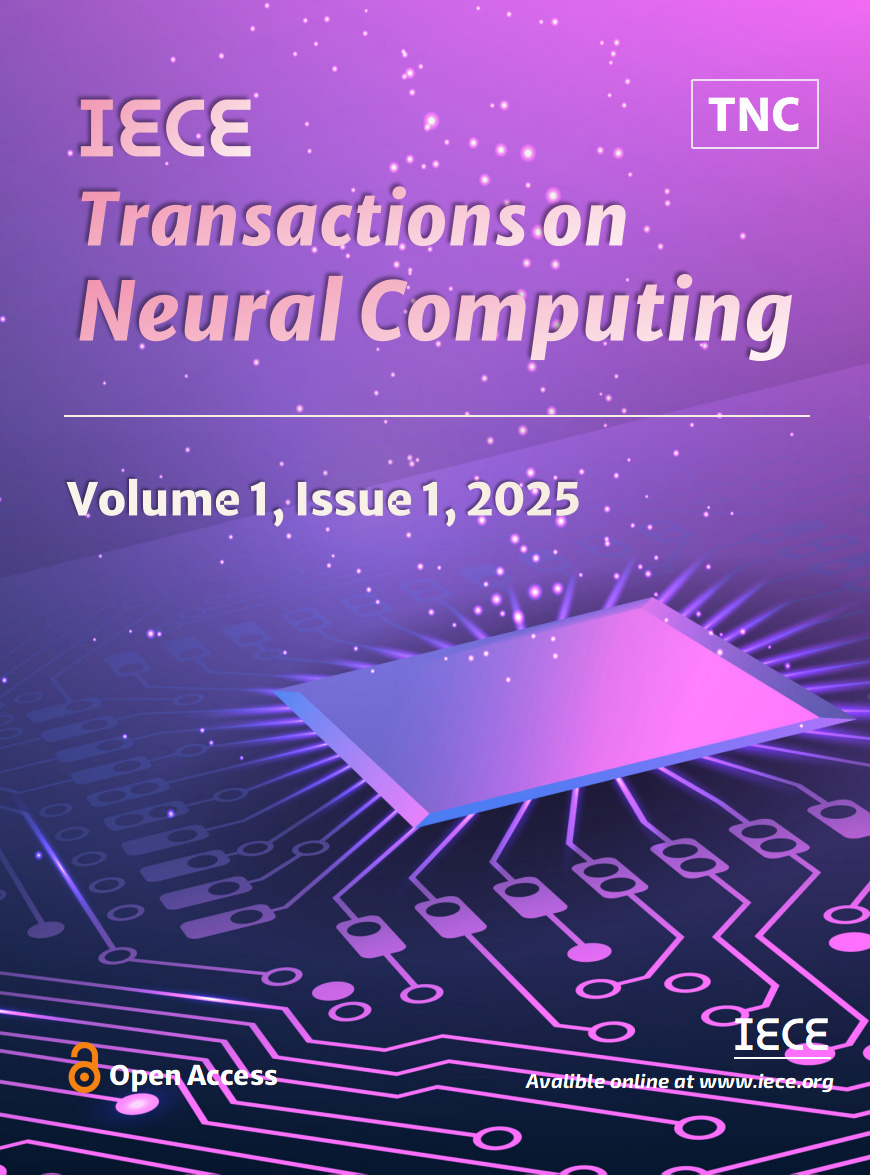Abstract
The inaugural editorial of the IECE Transactions on Neural Computing (IECE-TNC) presents the revolutionary influence of neural computing that incorporates artificial intelligence (AI), machine learning (ML), and next-gen computation models in cognitive systems, robotics, and healthcare. Although there have been tremendous developments, some problems remain including computational scalability, model interpretability, ethical considerations, and data security. IECE-TNC is dedicated to resolving these issues by facilitating high-impact research, interdisciplinary collaboration, and real-world applications. The magazine covers the following trends such as federated learning, explainable deep learning models, and neuromorphic computing while emphasizing transparency, reproducibility, and ethical AI practices. Simultaneously with the advantage of neural computing in terms of adaptability and efficiency, addressing the challenges of robustness, fairness, and sustainability remain critical. The journal requires consistent innovation, open-access collaboration, and industry-academia partnerships to push this area of study forward. IECE-TNC is dedicated to achieving the highest standards of research and technological advances, and we welcome the most innovative contributions that are capable of taking the field of neural computing to new heights.
Keywords
neural computing
artificial intelligence (AI)
machine learning (ML)
neuromorphic computing
brain-inspired AI
cognitive systems
federated learning
explainable AI (XAI)
deep learning
ethical AI
computational neuroscience
Data Availability Statement
Not applicable.
Funding
This work was supported without any funding.
Conflicts of Interest
The author declare no conflicts of interest.
Ethical Approval and Consent to Participate
Not applicable.
Cite This Article
APA Style
Ahmad, M. (2025). Neural Computing: A New Era of Intelligent Adaptation and Learning. IECE Transactions on Neural Computing, 1(1), 1–10. https://doi.org/10.62762/TNC.2025.125800
Publisher's Note
IECE stays neutral with regard to jurisdictional claims in published maps and institutional affiliations.
Rights and permissions

Copyright © 2025 by the Author(s). Published by Institute of Emerging and Computer Engineers. This article is an open access article distributed under the terms and conditions of the Creative Commons Attribution (CC BY) license (
https://creativecommons.org/licenses/by/4.0/), which permits use, sharing, adaptation, distribution and reproduction in any medium or format, as long as you give appropriate credit to the original author(s) and the source, provide a link to the Creative Commons licence, and indicate if changes were made.


 Submit Manuscript
Edit a Special Issue
Submit Manuscript
Edit a Special Issue
 Copyright © 2025 by the Author(s). Published by Institute of Emerging and Computer Engineers. This article is an open access article distributed under the terms and conditions of the Creative Commons Attribution (CC BY) license (https://creativecommons.org/licenses/by/4.0/), which permits use, sharing, adaptation, distribution and reproduction in any medium or format, as long as you give appropriate credit to the original author(s) and the source, provide a link to the Creative Commons licence, and indicate if changes were made.
Copyright © 2025 by the Author(s). Published by Institute of Emerging and Computer Engineers. This article is an open access article distributed under the terms and conditions of the Creative Commons Attribution (CC BY) license (https://creativecommons.org/licenses/by/4.0/), which permits use, sharing, adaptation, distribution and reproduction in any medium or format, as long as you give appropriate credit to the original author(s) and the source, provide a link to the Creative Commons licence, and indicate if changes were made. 